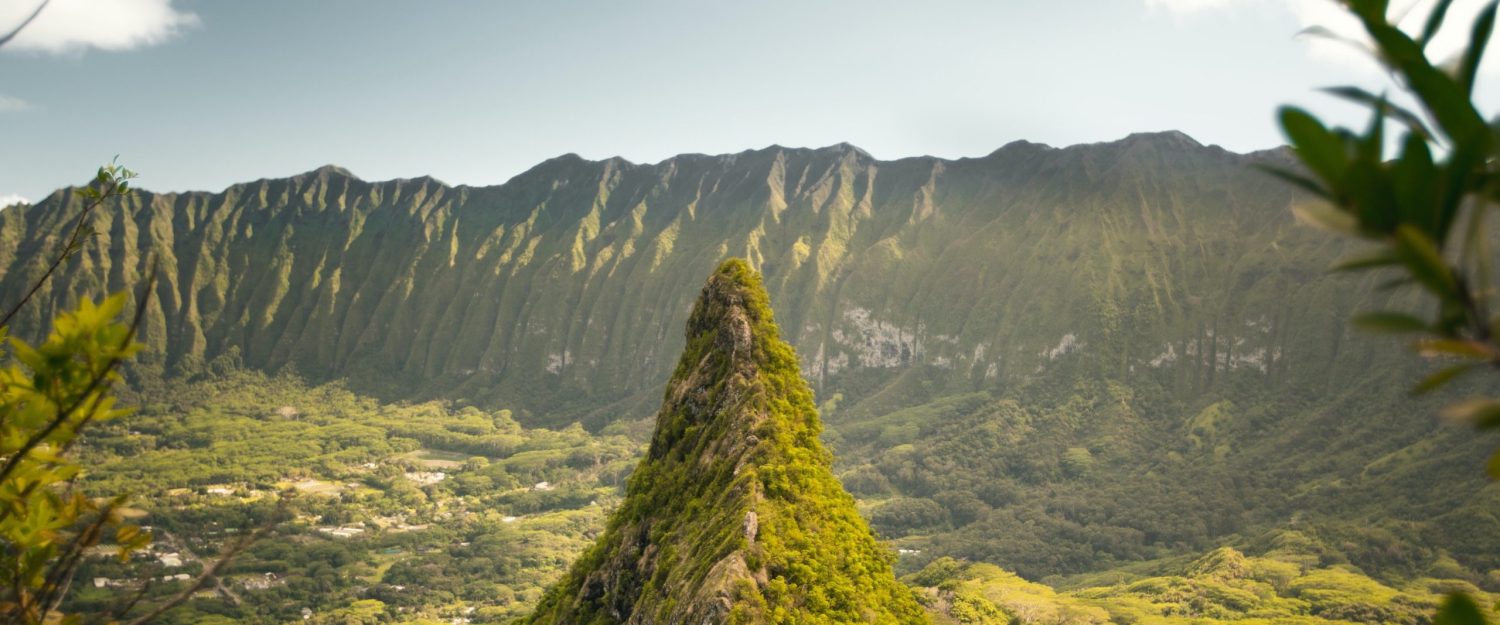Presented on September 18, 2024, by
Dr. Leandro Alex Moreira Viscardi
Postdoctoral Researcher
Atmospheric Sciences
UH Manoa
ABSTRACT
The Amazon rainforest is a vital component of the global climate system, influencing the hydrological cycle and tropical circulation. However, understanding and modeling the evolution of convection in this region remains a scientific challenge. In this study, we combined recent observations and high-resolution simulations to evaluate the relative importance of different environmental controls on locally-driven convection in the Amazon. Observationally, we assessed the environmental conditions associated with shallow, congestus, and isolated deep convection days during the wet season (December to April), employing data from the GoAmazon (2014-2015) experiment. Composites of deep days show moister than average conditions below 3 km early in the morning. Water vapor convergence increases significantly in the afternoon when the shallow-to-deep convective transition occurs around 16-17 LST. Moreover, afternoon precipitation increases with large-scale vertical velocity, humidity at different levels and periods of the day, and low-level wind shear. Numerical simulations indicated that daytime convection shows a noticeable sensitivity to pre-convective low-level humidity and a weaker response to free troposphere humidity. Vertical wind shear primarily influences ice content, but its role is smaller than that of humidity in the shallow-to-deep convective transition.
BIO
Leandro Alex Moreira Viscardi is a postdoctoral researcher in the Department of Atmospheric Sciences at UH Manoa. He received a Ph.D. from the University of São Paulo, where he conducted research on the environmental controls of isolated convection in the Amazon, employing both observations and idealized numerical simulations. Currently, he is involved in a project named Change Hawaii, focusing primarily on the process of precipitation recycling over the Hawaiian Islands and investigating how changes in land use and land cover impact the climate in Hawaiʻi.

